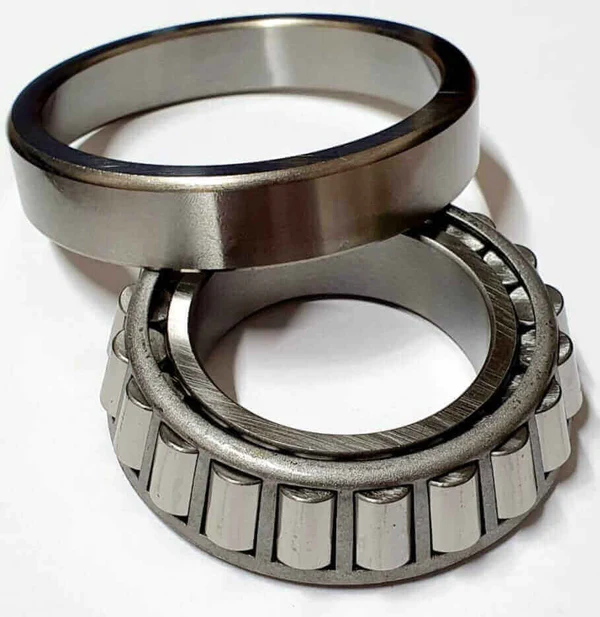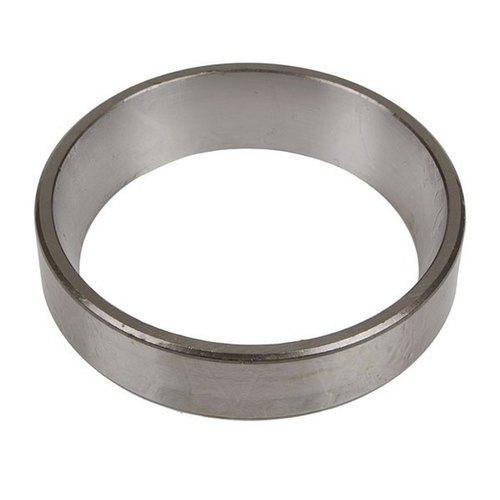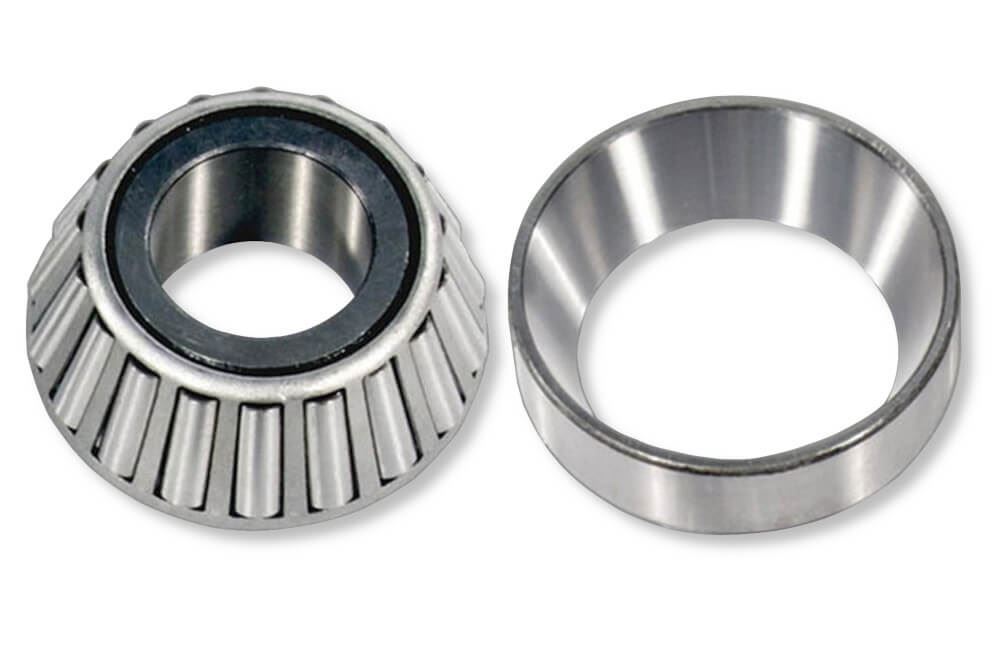
Advantages of Self-Lubricating or Maintenance-Free Cup Bearings
Self-lubricating or maintenance-free cup bearings offer several advantages in various applications:
- Extended Service Life: Self-lubricating bearings have a longer service life compared to traditional bearings because the lubrication is continuously provided, reducing wear and friction.
- Reduced Maintenance: These bearings eliminate or significantly reduce the need for manual lubrication, saving time and maintenance costs.
- Environmental Benefits: With no need for external lubricants, there is less risk of lubricant leakage or contamination, making them environmentally friendly.
- Consistent Performance: Self-lubricating bearings maintain consistent performance over time, as the lubrication remains effective, reducing the risk of equipment failure.
- Wide Temperature Range: They can operate in a broader temperature range, making them suitable for extreme conditions.
- Quiet Operation: The continuous lubrication minimizes friction and noise, contributing to quieter machinery.
- Low Maintenance Costs: The reduced need for maintenance and lubrication materials results in cost savings.
These advantages make self-lubricating or maintenance-free cup bearings an attractive choice for applications where extended service life, reduced maintenance, and consistent performance are critical.

Eco-Friendly Aspects of Cup Bearing Materials
Cup bearing materials can have eco-friendly or sustainable aspects depending on the material chosen and its recyclability or environmental impact:
1. Stainless Steel: Stainless steel is known for its corrosion resistance, which can extend the lifespan of cup bearings and reduce the need for replacements. This longevity can contribute to sustainability by minimizing the disposal of worn-out bearings.
2. Recyclability: Many cup bearing materials, such as steel and bronze, are highly recyclable. At the end of their useful life, these materials can be melted down and reused, reducing the demand for new raw materials and energy consumption.
3. Reduced Lubrication: Some cup bearings are designed for extended periods of maintenance-free operation due to self-lubrication or special coatings. This can reduce the consumption of lubricants and the disposal of used oils, promoting eco-friendliness.
4. Non-Toxic Materials: Materials used in cup bearings are typically non-toxic and do not pose environmental or health hazards. This ensures that their manufacture and disposal do not harm ecosystems or human health.
5. Sustainable Sourcing: Manufacturers often focus on responsibly sourcing materials, ensuring they come from suppliers who adhere to sustainable practices, including reforestation, waste reduction, and energy efficiency.
When selecting cup bearings for a specific application, considering the eco-friendliness of the chosen material is essential. Manufacturers and suppliers may also provide information on the sustainability practices associated with their bearing materials.

Materials Used in the Construction of Cup Bearings
Cup bearings are precision components, and their performance and durability depend on the materials used in their construction. The most common materials employed in the manufacture of cup bearings include:
1. Bearing Steel: Bearing steel is the most prevalent material for cup bearings. It typically consists of high-quality, through-hardened steel with specific alloying elements like chromium and molybdenum. This steel is known for its exceptional hardness, wear resistance, and fatigue strength. Bearing steel ensures the longevity and reliability of cup bearings in a wide range of applications.
2. Stainless Steel: In applications where corrosion resistance is crucial, stainless steel cup bearings are utilized. Stainless steel offers excellent resistance to rust and corrosion, making it suitable for applications exposed to moisture, chemicals, or high-humidity environments.
3. Ceramic: Advanced cup bearings use ceramic materials, such as silicon nitride, for rolling elements. Ceramic offers remarkable hardness, low friction, and resistance to wear. Ceramic cup bearings are often found in high-speed and high-temperature applications, including those in the aerospace and semiconductor industries.
4. Plastic: In specialized cases where weight reduction, non-conductivity, or noise reduction is a priority, plastic materials like PEEK or PTFE may be used for cup bearings. Plastic cup bearings can be found in applications like medical devices and food processing equipment.
The choice of material depends on the specific requirements of the application, including load capacity, environmental conditions, and the need for corrosion resistance. Proper material selection ensures that cup bearings perform optimally in their intended use.


editor by CX 2024-05-17